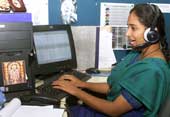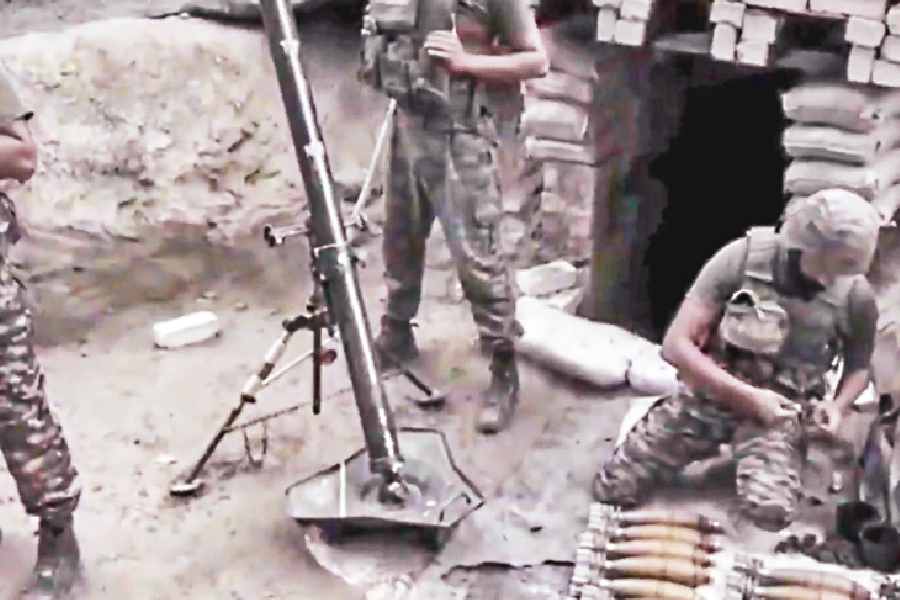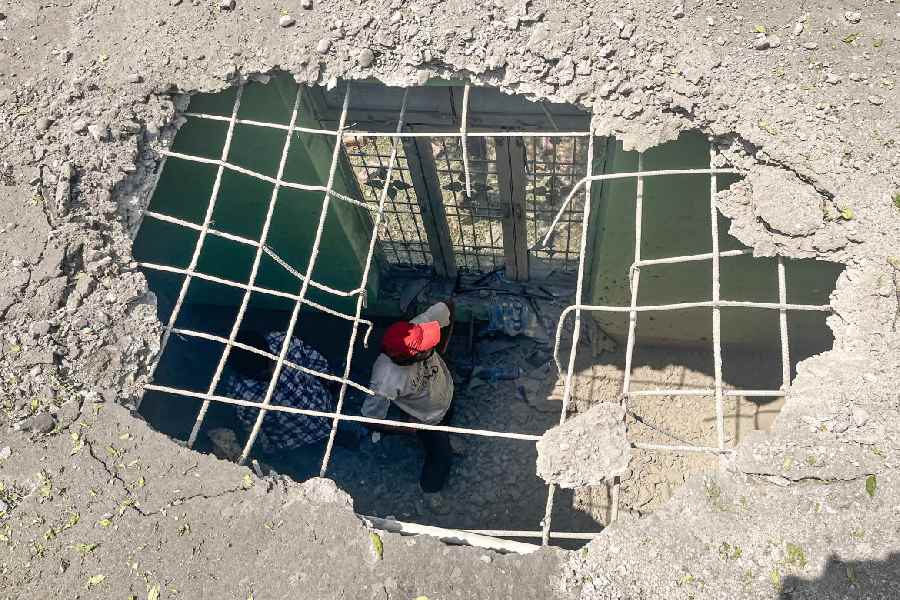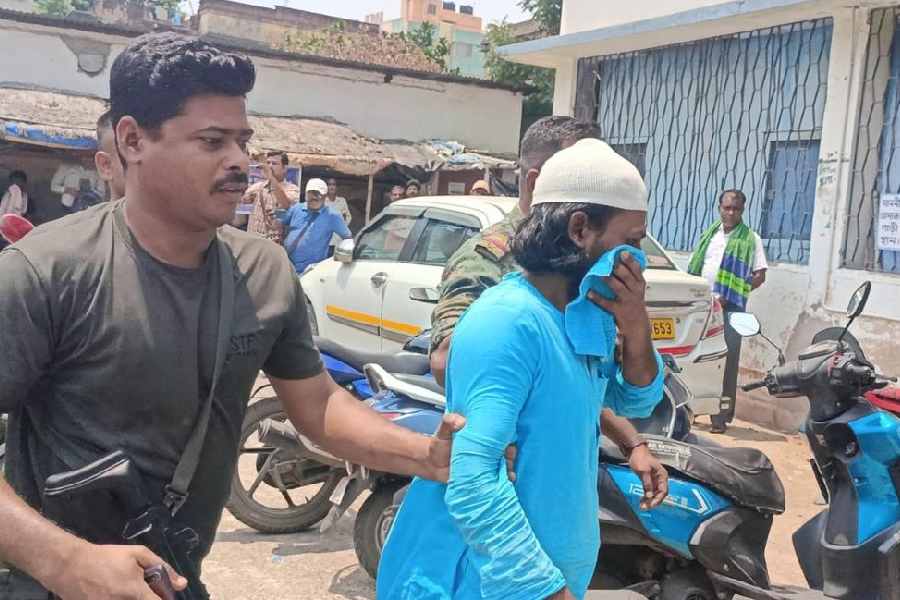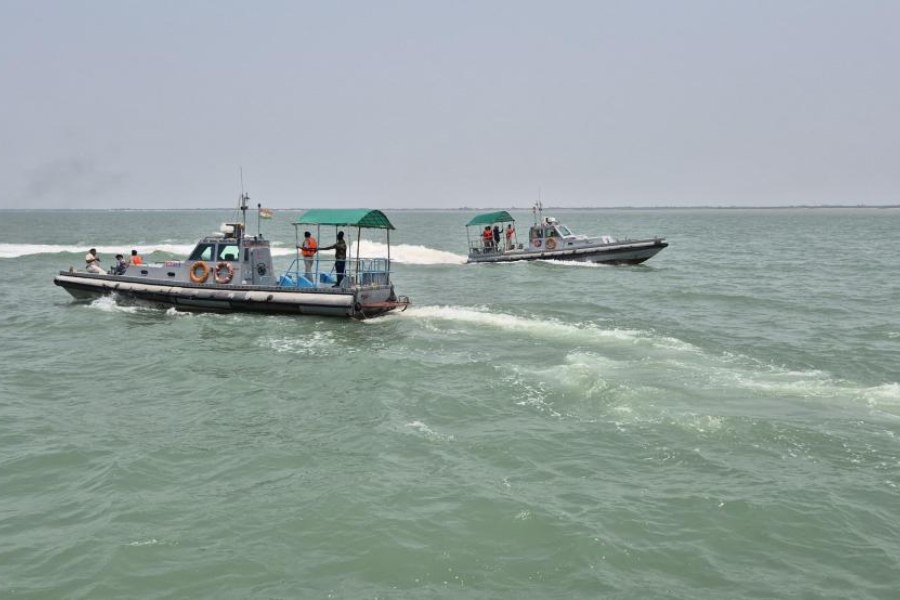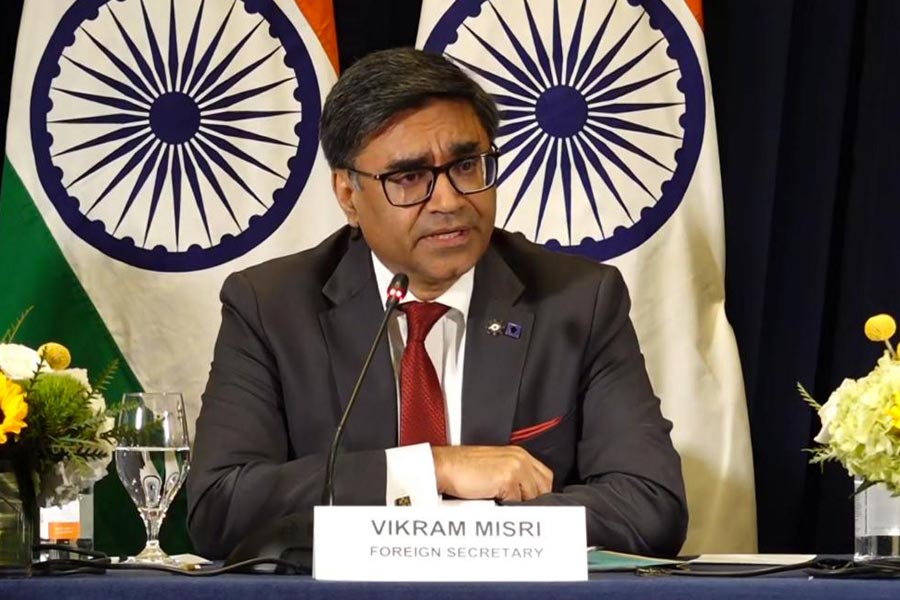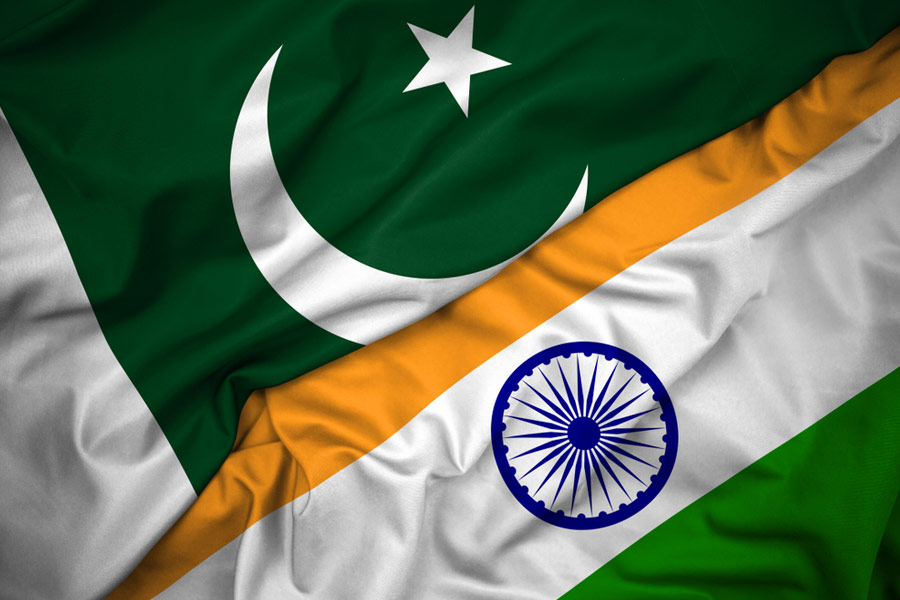|
|
| Impure strains |
The programme is implemented in the state by the department of health and family welfare, AIDS cell, from 1992, and by the West Bengal State AIDS Prevention and Control Society from August 1998. The WBSAP and CS was formed for smooth and speedy implementation and management and to ensure easy flow of funds. The state health secret- ary is president of the society.
Records of various offices, including hospitals/non-government organizations in Calcutta, Bardhaman, Birbhum, Malda and Darjeeling districts, were test-checked.
Financial position: AIDS Prevention and Control Programme is a World Bank aided, cent per cent Centrally-assisted programme. Due to a deficient annual action plan, the government of India reduced the amount sought by the state government by 30 to 67 per cent during 1996-2001. The state government could not spend even the reduced amounts sanctioned in the previous years. It could spend a maximum of 37 per cent of the funds available up to 1998-99 which increased substantially in 1999-2000, and again fell back to 88 per cent in 2000-2001. The shortfall in expenditure was attributed to insufficient infrastructure, since by the end of March 2001 the unspent balance aggregated Rs 6.63 crore.
During the last five years (1999-2001), the total expenditure in the state on this programme was Rs 22.91 crore, of which Rs 5.77 crore (25 per cent) was in the form of unadjusted advances. On March 31, 1997, Rs 4 crore, sanctioned by the state government, was drawn by the state AIDS cell office on the same date to avoid lapse of the budget and was kept in the PL account. During the next two years the amount could not be spent fully. As the PL account was to be closed on March 31, 1999, as per state government orders, the state AIDS cell office made advances of Rs 58.72 lakh to different district offices during March 1999. Rupees 59.15 lakh, lying in PL account, was drawn by self cheques and spent by the residual cell office during 1999-2000 though the state AIDS cell was officially closed in August 1998.
Blood safety measures: during 1996-2001, the National AIDS Control Organization provided Rs 10 crore and different machines and accessories for modernization of blood banks and blood safety measures. Presently, blood banks collect blood from voluntary and exchange donors. As per orders, since 1995, each blood bank is to carry out four mandatory tests on each unit of blood to ensure safe blood transfusion and that the collected blood was free from HIV, Hepatitis B, Syphilis and Gonorrhea and Malaria Parasite. If any blood sample was found to contain any of the four viruses, the blood bottle was to be discarded immediately. Three tests excepting MP are to be conducted from the fund placed by NACO. During the last five years no new blood bank was established.
State AIDS Control Society, West Bengal, claimed that 59 government blood banks in West Bengal were modernized. However, scrutiny of records revealed that modernization programme was not effective as all the required machinery/equipment was not installed in 30 (51 per cent) of the blood banks in the state. In many blood banks, out of 8 vital equipment, only 2 to 6 equipment were supplied. Essential equipment like microscopic binocular, incubator and generator 10 KVA were supplied to only 2, 3 and 2 blood banks respectively out of 59. Blood component separation facilities were available only at Central Blood Bank, Calcutta, and out of 12 equipment earmarked for supply, only 5 were supplied. Major equipment like Refrigerated Centrifuge (2), Deep Freezers 75 C & 40 C (1+1), Leminaf Flow Bench (1), Platelet Incubator with agitator (1), Dielectric sealer (2), Cell Counter (1) were not supplied. Further, Generator 10 KVA (1) was not supplied.
As indicated, none of the private and public sector blood banks submitted collection reports between 1997 and 1999 to the state blood transfusion council even after repeated reminders. Thus, work done by them was neither known nor monitored by the SBTC...
Blood banks in government hospitals of 4 districts collected 1.34 lakh bottles of blood during 1997-2001 against which they conducted HIV tests in 82,614 cases. The shortfall in HIV tests was 51,513 (38 per cent). As all the blood was shown to have been utlized, the possibility of transfusion of untested blood to patients was a strong possibility. Blood bank authorities stated (February and July 2001) that they could not carry out mandatory tests on all collected blood due to delay in supply of HIV kits by NACO and other kits by the hospital authority. This reply is not tenable since there was no shortage of HIV kits in the state store and shortage of funds for purchase of other kits in hospitals. Besides, the AIDS Cell and WBSAP and CS offices permitted blood bank authorities to purchase HIV kits if there was a shortage. There was also shortage of testing of Hepatitis B in 29,382 (22 per cent) and VDRL in 31,855 (24 per cent) cases.

